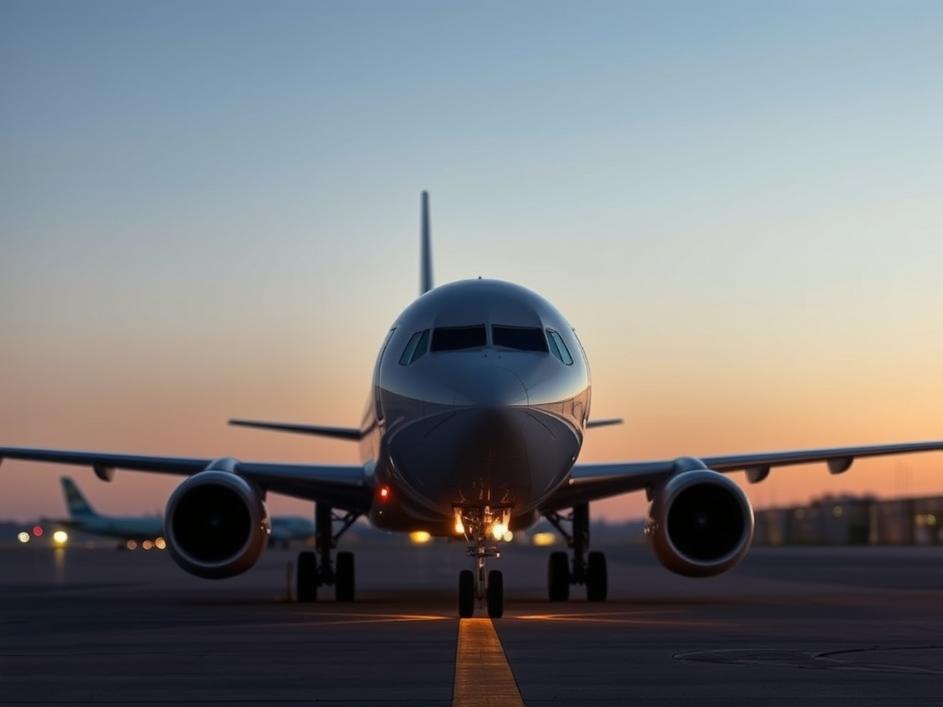


We are a digital agency helping businesses develop immersive, engaging, and user-focused web, app, and software solutions.
2310 Mira Vista Ave
Montrose, CA 91020
2500+ reviews based on client feedback

What's Included?
ToggleIt feels like we\’ve been here before. The Boeing 737 MAX, an aircraft meant to be a workhorse for airlines around the globe, has instead become a symbol of persistent challenges. From the tragic crashes in 2018 and 2019 that grounded the entire fleet for almost two years, to the painstaking effort to win back public confidence, the MAX\’s story has been anything but smooth. Just as it seemed like things were finally settling down, with more and more of these planes taking to the skies, a new problem has popped up. And it\’s a reminder that rebuilding trust is a marathon, not a sprint.
The latest hurdle for the MAX isn’t about the flight control software that caused so much trouble before. This time, it\’s an electrical issue, specifically with a backup power control unit. Think of electrical grounding like a safety valve for electricity. When power runs through a circuit, you need a safe path for any excess electricity to go, preventing damage or, in the worst cases, fires. It\’s a fundamental part of any electrical system. Boeing found that in some of these planes, this backup unit wasn’t properly grounded. It\’s not an immediate danger to flight in the same way the earlier software issues were, but it\’s definitely not something you want in an aircraft. The Federal Aviation Administration (FAA) took it seriously, issuing a directive, which means airlines had to check their planes right away. This kind of problem, even if it seems small, can have big ripple effects.
Imagine being an airline right now. You\’ve just been through one of the toughest periods in aviation history because of the global pandemic. Flights were cut, planes were parked, and money was lost. You\’re slowly trying to get back on your feet, bringing back routes and staff, and relying on your fleet to make that happen. Then, you get the news: some of your shiny new 737 MAX planes, the ones you\’ve waited for and are crucial to your plans, need to be temporarily grounded again. This electrical fix, while identified by Boeing, still requires work. That means more unexpected costs, more delays, and more disruption to flight schedules. For airlines already stretched thin, this isn’t just an inconvenience; it’s another hit to their bottom line and their ability to serve customers who are eager to travel again. It\’s a frustrating cycle that makes planning incredibly difficult.
This new electrical problem isn’t just about a faulty wire or a missed connection. It feeds into a much larger narrative about Boeing, and specifically the 737 MAX. Every time a new issue surfaces, no matter how minor it might seem in isolation, it chips away at the trust that customers and airlines place in the manufacturer. After the initial tragedies and the long grounding, Boeing promised to do better, to prioritize safety above all else. When another problem emerges, it raises questions: Is enough attention being paid to quality control? Are the processes rigorous enough? Is the pressure to deliver planes overriding careful inspection? These are tough questions, and they\’re not easily answered by a quick fix. It’s about rebuilding a reputation, which is far harder and takes much longer than fixing a physical part on an airplane. People need to feel completely safe when they step onto a plane, and continuous issues make that feeling harder to achieve.
For Boeing, the challenge now goes beyond engineering. It\’s about culture, transparency, and consistent performance. Every new problem, whether it’s related to design, manufacturing, or simple quality checks, creates a new scar on the MAX\’s image. Airlines need planes they can rely on, and passengers need to feel confident that their flights are absolutely safe. The company has a monumental task ahead: not just to fix the current electrical issue, but to prove, over and over again, that such problems won’t keep appearing. This means investing heavily in quality assurance, fostering a culture where every single person feels empowered to flag a potential issue, and communicating openly with regulators and the public. The future of the MAX, and perhaps even Boeing\’s standing as a global aviation leader, hinges on their ability to consistently deliver on these promises. This is not just about one plane model; it’s about the standard of safety we expect from the entire industry.
The latest electrical grounding issue on some 737 MAX jets is more than just a technical hiccup. It’s a fresh reminder of the deep-seated challenges Boeing faces in fully restoring confidence in its flagship narrow-body aircraft. For airlines, it means another round of unexpected disruptions and costs during an already fragile recovery. For passengers, it adds another layer of doubt to an airplane that has already endured intense scrutiny. While fixes are underway, the lingering question remains: when will the MAX truly shake off its troubled past? The answer lies not just in specific repairs, but in a holistic commitment from Boeing to unwavering quality, transparent communication, and an ironclad dedication to safety that leaves no room for error. Only then can the shadow of distrust truly begin to lift.



Leave a reply